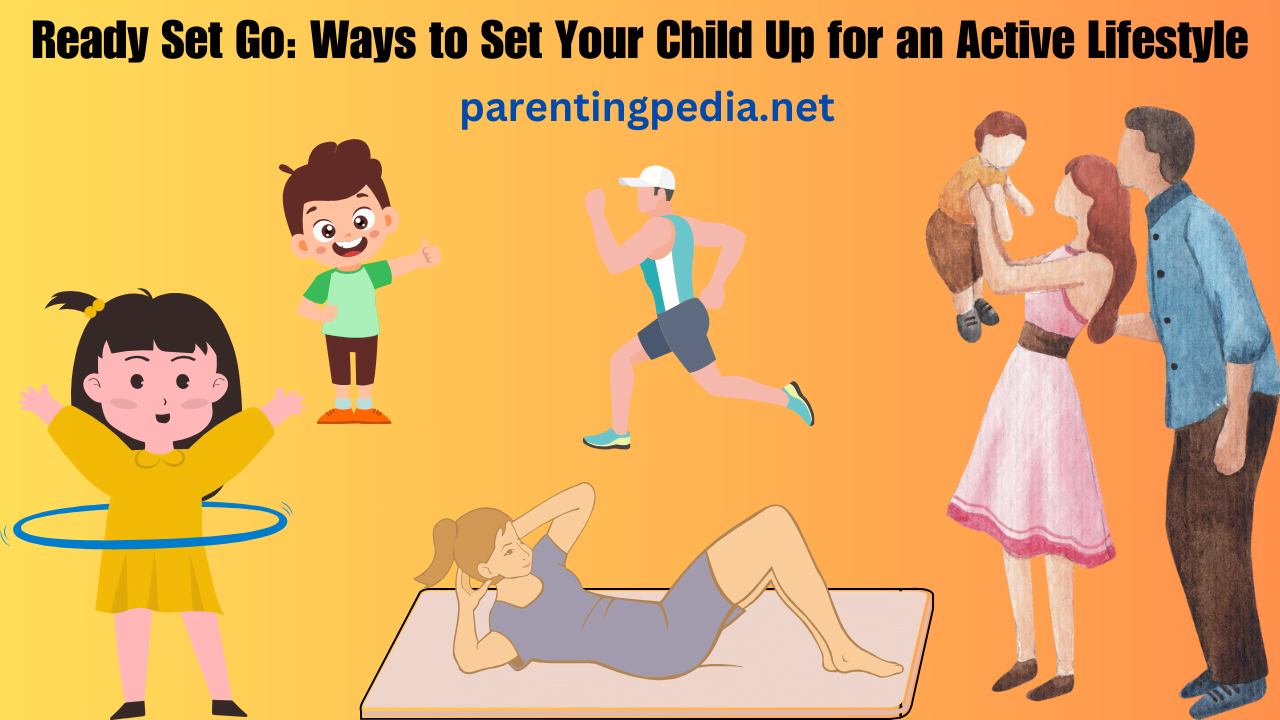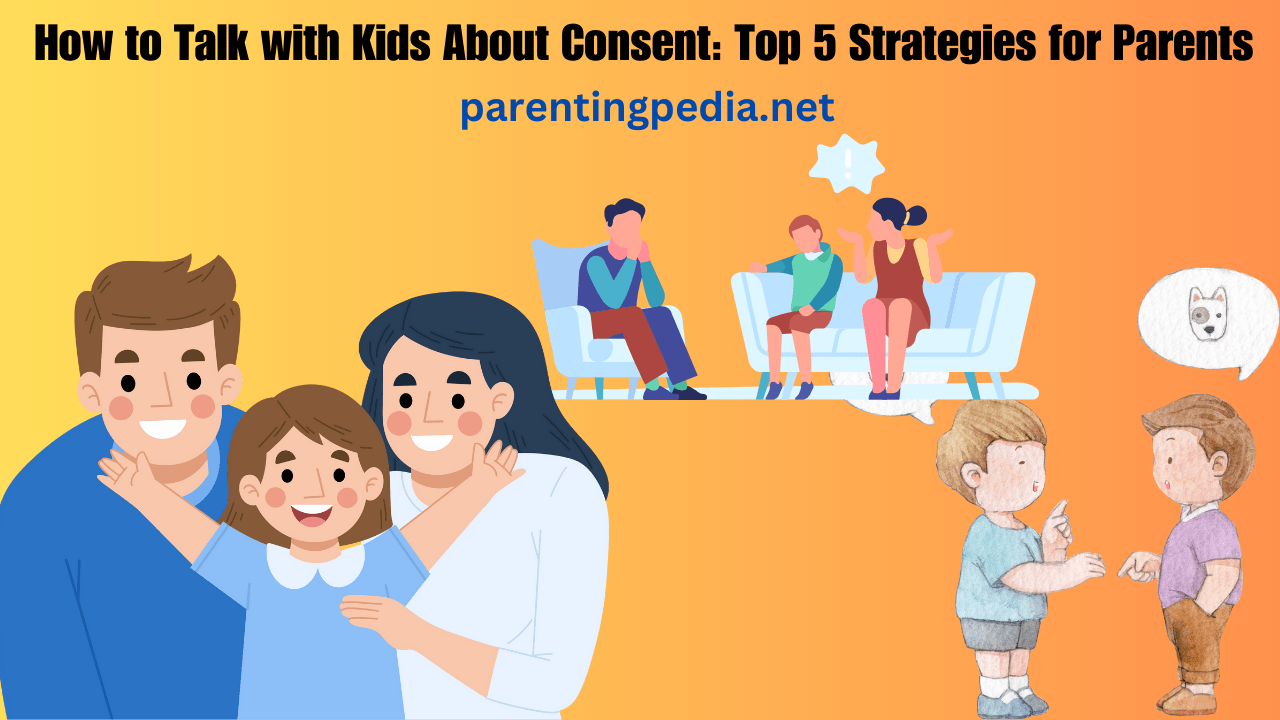Discover the best tips for parenting teens on screens. Get advice from the American Academy of Pediatrics on managing screen time for your teen’s mental health. In today’s digital age, parenting teenagers in a world dominated by screens presents unique challenges.
With the constant allure of social media, online gaming, and smartphones, it’s more crucial than ever for parents to navigate the tricky waters of managing their teen’s screen time and ensuring they develop healthy screen habits.
The American Academy of Pediatrics (AAP) has long been an advocate for promoting responsible digital citizenship, and they’ve provided invaluable guidance for parents in this regard. In this blog post, we’ll explore some of the best tips for parenting teens on screens, covering essential topics like time limits, social media use, setting boundaries, and fostering healthy development.
Setting the Scene: Teens in the Digital Age
Before we dive into the practical tips, let’s set the scene. Adolescents today are growing up in a digital landscape vastly different from what their parents experienced. The allure of screens and digital devices is ubiquitous, and it’s not unusual for teens to spend a significant portion of their time online. This shift in behavior raises important questions for parents about how to help their children navigate the digital realm while maintaining a balance with other crucial activities, such as school, physical exercise, and family time.
Why It Matters: Healthy Screen Use
Managing screen time isn’t just about curbing an addiction; it’s about ensuring the healthy development of your teen’s brain and well-being. The American Academy of Pediatrics has emphasized the importance of treating media like any other environment in your child’s life. Just as you would set limits on the time your child spends watching TV or playing outside, you should establish boundaries for their screen time. Here are some key factors to consider:
1. Brain Development and Screen Time
The adolescent brain is still developing, and excessive screen time can have an impact. Research suggests that prolonged exposure to screens can affect cognitive development, sleep patterns, and emotional well-being. As a parent, you can help your teen make informed choices about screen use to ensure their brain develops in a healthy manner.
2. Managing Social Media Use
Social media platforms have become a primary means of communication for teenagers. While they can help teens stay connected with friends, they can also expose them to cyberbullying and privacy concerns. Guiding your teen in using social media responsibly and understanding the importance of privacy settings is crucial.
3. Time Online vs. Time with Family
Balancing the time your teen spends online with family activities is essential. It’s about creating tech-free zones and encouraging face-to-face interactions. A healthy lifestyle involves a variety of activities, and spending time with family is just as important as any other aspect of their development.
Practical Tips for Managing Screen Time
Now that we understand the importance of healthy screen use, let’s dive into practical tips that will help parents navigate the digital landscape with their teens.
1. Set Clear Time Limits
One of the first steps in managing screen time is to set clear and reasonable time limits. Discuss these limits with your teen and involve them in the process. Having their input will make them more likely to adhere to the rules. Consider creating a daily or weekly schedule to ensure a balanced distribution of screen time.
2. Create a Family Media Plan
The American Academy of Pediatrics recommends setting up a family media plan. This plan should outline the rules and expectations regarding screen time, including when screens can be used, the maximum allowable time, and the types of content that are acceptable. Having a written plan can serve as a reference for both parents and teens.
3. Be a Good Role Model
As a parent, it’s essential to lead by example. If your teen sees you glued to your smartphone or spending excessive time in front of the TV, they are more likely to mimic that behavior. Show your teen that you can manage your screen time responsibly, and they’ll be more inclined to do the same.
4. Use Screen Curfew
Establish a screen curfew for your home. Designate a specific time at night when all screens must be turned off. This not only helps with sleep hygiene but also encourages your teen to engage in other activities before bedtime, such as reading or winding down in a screen-free environment.
5. Encourage Tech-Free Zones
Create tech-free zones in your home, such as the dining room and the bedroom. These spaces should be designated for family interaction and sleep, not for screen use. This encourages your teen to engage with family members and get enough sleep without the distraction of screens.
6. Promote Face-to-Face Interaction
It’s easy for teens to become absorbed in their screens, even when they’re physically present with family. Encourage open communication and face-to-face interaction during family activities. This will help create a stronger sense of connection and belonging within the family.
7. Share Online Resources to Help
The internet is a treasure trove of information and resources for parents. Various websites and apps can assist you in managing your teen’s screen time. Many of these resources provide tips, tools, and strategies for creating a balanced digital lifestyle. Sharing these resources with your teen can help them understand the importance of responsible screen use.
8. Address Cyberbullying and Sexting
These are sensitive issues, but they need to be discussed. Teach your teen how to recognize and respond to cyberbullying, as well as the potential consequences of sexting. Encourage open dialogue about online experiences and offer your support if they encounter any troubling situations.
Maintaining Healthy Development
While setting time limits and boundaries is crucial, it’s equally important to focus on your teen’s overall well-being and development. Here are some additional tips to help foster healthy growth:
1. Engage in Common Activities
Participate in activities that your teen enjoys, such as playing board games, going for walks, or engaging in hobbies together. This not only strengthens your bond but also provides opportunities for quality family time away from screens.
2. Learn Together
Show an interest in what your teen is passionate about online, whether it’s a specific social media platform, a video game, or a hobby. Learning together can help you better understand their digital world and create opportunities for meaningful conversations.
3. Maintain a Common Area for Screen Use
Designate a common area in your home where screens can be used. This allows you to monitor your teen’s online activities and ensures they are not isolated in their room for extended periods.
4. Share Information Online
Encourage your teen to share their online experiences with you. This not only helps you stay informed about their digital interactions but also fosters trust and open communication.
5. Be an Emotional Support
Recognize that screens can sometimes serve as an emotional pacifier for teens. They may turn to screens when they feel stressed or anxious. In such cases, be a source of emotional support and provide alternative coping mechanisms.
6. Be Teachable
Parenting is a learning journey, and it’s important to be open to feedback from your teen. Listen to their concerns, be willing to adapt your approach, and recognize that, like all kids, yours will make mistakes along the way.
7. Seek Professional Guidance
If you’re concerned about your teen’s screen habits or notice significant changes in their behavior, it may be helpful to consult a mental health professional or pediatrician. They can provide tailored guidance and strategies to address any underlying issues.
Conclusion: Guiding Teens Towards Responsible Digital Citizenship
Parenting teenagers on screens can be challenging, but with the right approach, it’s entirely manageable. The key is to balance the benefits of technology with the need for healthy development and family time. By setting clear time limits, creating a family media plan, and being a good role model, you can guide your teen toward responsible digital citizenship.
Remember that open communication, trust, and understanding are essential components of this journey. Be willing to adapt your strategies and seek professional help if necessary. Ultimately, the goal is to help your teen develop into a responsible digital citizen who can navigate the digital world safely and effectively.
Remember, the greatest reward of parenting lies in watching
your children soar with love and confidence.
Till then keep smiling and be happy 😊
👇 Worth Reading 👇
- Best of the web, when you’re a teen, asks for non-alcoholic beer and more
- Choosing the Best Musical Instrument for Children to Learn
- Finding Balance Becoming a Screen Smart Family
- When Life Sucks: A Conversation with Psychiatrist and Comedian Dr. Jo Prendergast
- Getting kids to talk about their feelings
- The case for banning corporal punishment of kids
- How Parents Can Help Kids Make Good Friends
- 13 Reasons Why? What Every Parent Needs to Know
- Kids and Exercise: Why We Need to Make Sure They’re on Track
- How to Get Your Teenager Off the Couch
- The Two Most Important Things You Can Say to Your Child
- 10 Tips to Help Your Teen Out of the Procrastination Trap
- Is your child being bullied, how parents can help?
- Taking care of emotions a guide for parents and their kids
- Getting Involved Parents Making a Difference
- How to manage your child’s self-criticism










